Meet Roger Moen Grytdal, 3D Content Manager/Engineer at FutureOn
Meet Roger Moen Grytdal, 3D Content Manager/Engineer at FutureOn
"AI is the real game changer. We can now use historical data to design smarter field layouts, improve production efficiency and lower costs based on lessons from previous projects."
Cutting-edge 3D visualization and AI are transforming the way energy projects are planned and executed. In this meet the team blog, Roger Moen Grytal, 3D Content Manager/Engineer at FutureOn, shares his journey from hands-on builder to 3D pioneer and explains how his work is helping drive more sustainable operations...
How did you come to specialise in 3D Content and Engineering?
I first became interested in 3D visualization in 1994 when I was working as a construction worker, bricklayer and mason. Clients often wanted to see how their landscaping projects would look before we built them, so I started creating 3D visualizations to help them picture the result. What began as a way to show customers their future gardens turned into a lifelong passion.
In 2000, I co-funded a company focused on architectural visualization at a time when architects did not yet have the tool to create their own 3D models. We even pioneered real-time 3D in Norway using powerful Silicon Graphics supercomputers - technology that can now run on a laptop. I soon moved into the oil and gas sector, creating technical animations and real-time visualizations for subsea installations. Those early years gave me a unique view across the industry and eventually led to the beginnings of FutureOn.
How have you seen 3D content and visualization evolve in the energy sector, and what are customers asking for today that they weren't asking for five years ago?
It has been exciting to watch how fast technology has moved. At the beginning of my career, 3D visualization was expensive and limited. Today it is interactive, collaborative and accessible. Operators now expect models enriched with metadata so they can calculate costs, run simulations and plan installations in real time.
The biggest change is the arrival of AI. We can now use historical data to design smarter field layouts, improve production efficiency and lower costs based on lessons from previous projects. Younger generations of engineers often don't have decades of field history to draw on, and AI brings that knowledge to their fingertips.
Describe yourself in three words.
Focus, stamina and faith.
When I start a project, I am completely focused and in a bubble until it is finished. Stamina is what kept me going through the years, and faith is believing in what we are building at FutureOn, and the positive impact it can have on the industry and the shift to greener energy.
Tell me about the main priorities and projects you're working on just now as 3D Content Manager/Engineer.
I lead a small team creating the 3D models that power our FieldTwin integrated visual workspace. We produce models, some generic and others proprietary to specific clients, that need to be simplified for real-time use while staying technically accurate. Clients can then add their own metadata to run simulations, calculate costs or plan installations.
I also manage our model library, which now contains more than two thousand assets built over nearly a decade. Keeping that database clean and up to date is a big undertaking. Our goal is to make it easy for customers to get the content they need so they can focus on using the software to design and optimize their fields.
How do you see 3D content supporting the energy transition and the move toward more sustainable operations?
3D content and AI can make a huge difference in renewable projects. By analysing historical subsea data, we can simulate where turbines should be placed and how subsea cables should be routed for maximum efficiency.
People are smart, but no one can carry all that data in their head, and AI helps make better and more sustainable decisions.
Where do you see the biggest opportunities for growth in the use of 3D content and visualization in the energy sector? What do you see as the biggest disruptors or game-changers in visualization for the energy industry?
AI is the real game changer. In just a few years, operators will be able to feed soil, subsea and geological data into a platform like FieldTwin and have an optimal field layout generated automatically. It will even suggest tie-ins or ways to combine existing fields to get the last drop of oil or to integrate renewable infrastructure. This kind of automation will save huge amounts of time and cost while improving safety and collaboration.
What's one thing about yourself that would surprise people to find out?
I have completed three different apprenticeships: in car mechanics, car body works and I am a master bricklayer. I still enjoy building and spend time customizing my motorcycle, especially in winter, so it is ready for road trips when the Norwegian weather improved!
Get the latest insights
Subscribe to our newsletter for updates on new integration releases
